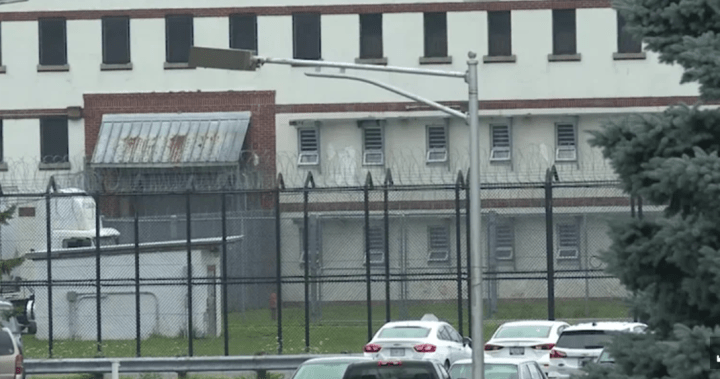This incident highlights the ongoing challenge of contraband smuggling within correctional facilities and the persistent efforts by correctional authorities to combat it. The interception of the package at Joyceville Institution, containing a substantial quantity of illicit substances and prohibited items, underscores the vulnerability of prisons to external influences and the potential disruption these can cause to the institution’s order and security. The estimated value of the confiscated contraband, pegged at $79,785, signifies the considerable profit margins associated with the illicit trade within prison walls, incentivizing individuals to attempt smuggling despite the risks.
The variety of contraband seized, including tobacco, marijuana, hashish, shatter (a cannabis concentrate), and cellphone accessories, reveals the diverse nature of illicit demands within the prison population. While substances like tobacco and cannabis cater to addictive behaviors, cellphone accessories facilitate unauthorized communication, potentially enabling further criminal activities or coordination of escapes. The presence of shatter, a potent cannabis concentrate, reflects the evolving drug landscape and the introduction of more concentrated and potentially dangerous substances into correctional environments.
The Correctional Service of Canada (CSC) attributes the successful interception to its heightened efforts to prevent unauthorized items from entering its multi-level security federal institutions. This suggests increased vigilance, enhanced security measures, and potentially improved intelligence gathering within the institution. The commitment to ensuring safety and security within its facilities is reiterated by the CSC, emphasizing the importance of upholding order and minimizing the risks posed by contraband.
The collaboration between CSC and law enforcement agencies, as indicated by their joint efforts to address contraband smuggling attempts, plays a crucial role in combating this issue. By working closely with police, the CSC aims to leverage shared resources, intelligence, and investigative capabilities to identify and apprehend individuals involved in smuggling operations. This collaborative approach strengthens the overall response to contraband infiltration and aims to deter future attempts.
The context of Joyceville Institution, a multi-level security facility in Kingston, Ontario, further underscores the complexities of preventing contraband smuggling. Housing inmates across various security levels necessitates a nuanced and adaptable approach to security measures. The potential for interaction between inmates of different security classifications could facilitate the distribution of contraband, requiring robust internal controls and surveillance mechanisms to mitigate the risk.
The incident at Joyceville Institution serves as a microcosm of the broader challenges faced by correctional systems worldwide in preventing the flow of contraband into prisons. It highlights the need for continuous vigilance, adaptable security strategies, inter-agency collaboration, and effective intelligence gathering to combat the persistent issue of contraband smuggling and maintain the safety and security of correctional institutions. Furthermore, it emphasizes the importance of addressing the underlying demand for contraband within prison populations through rehabilitation programs, mental health support, and efforts to reduce recidivism. By tackling both the supply and demand sides of the equation, correctional authorities can strive towards creating safer and more secure environments for both inmates and staff.

